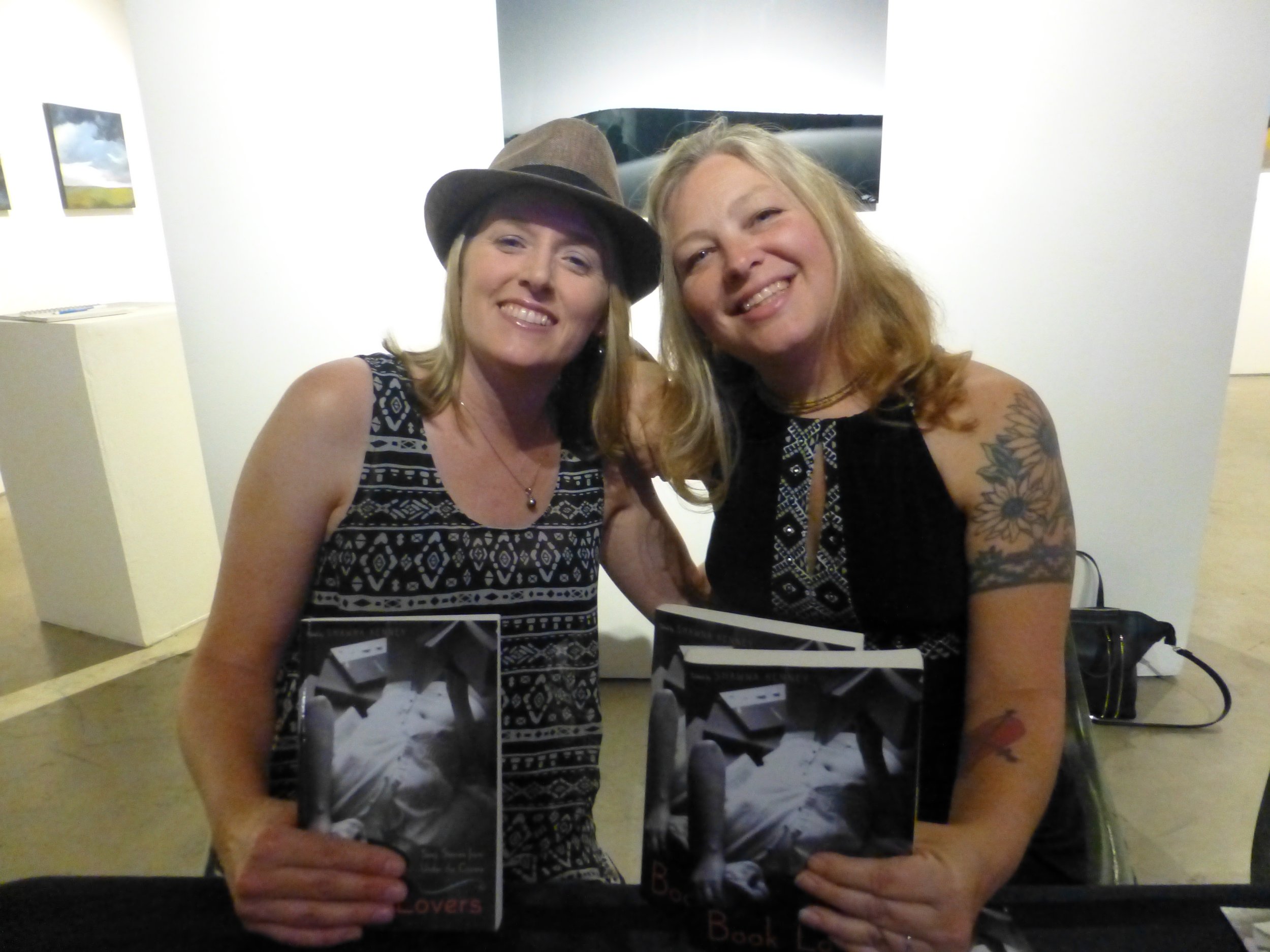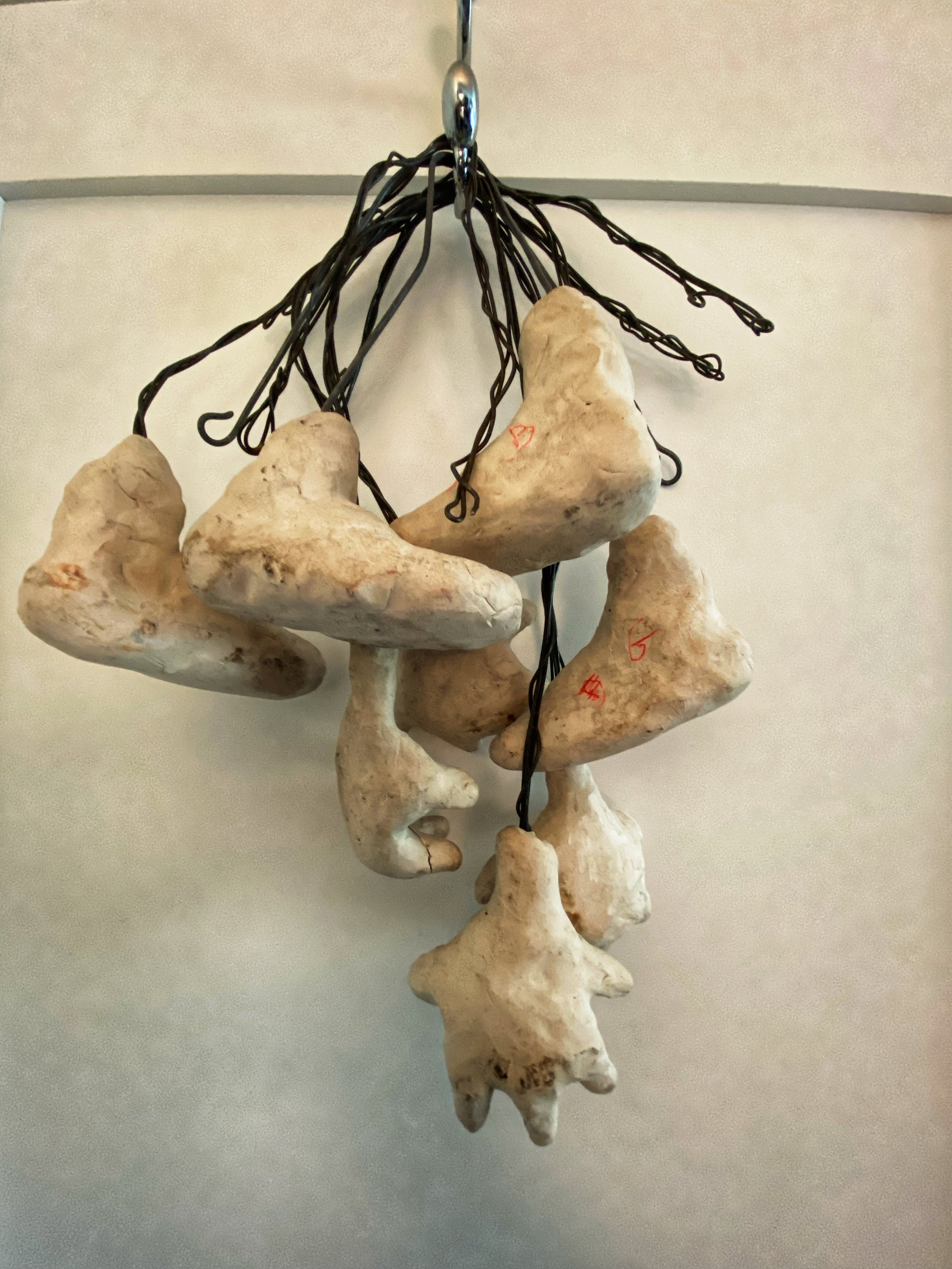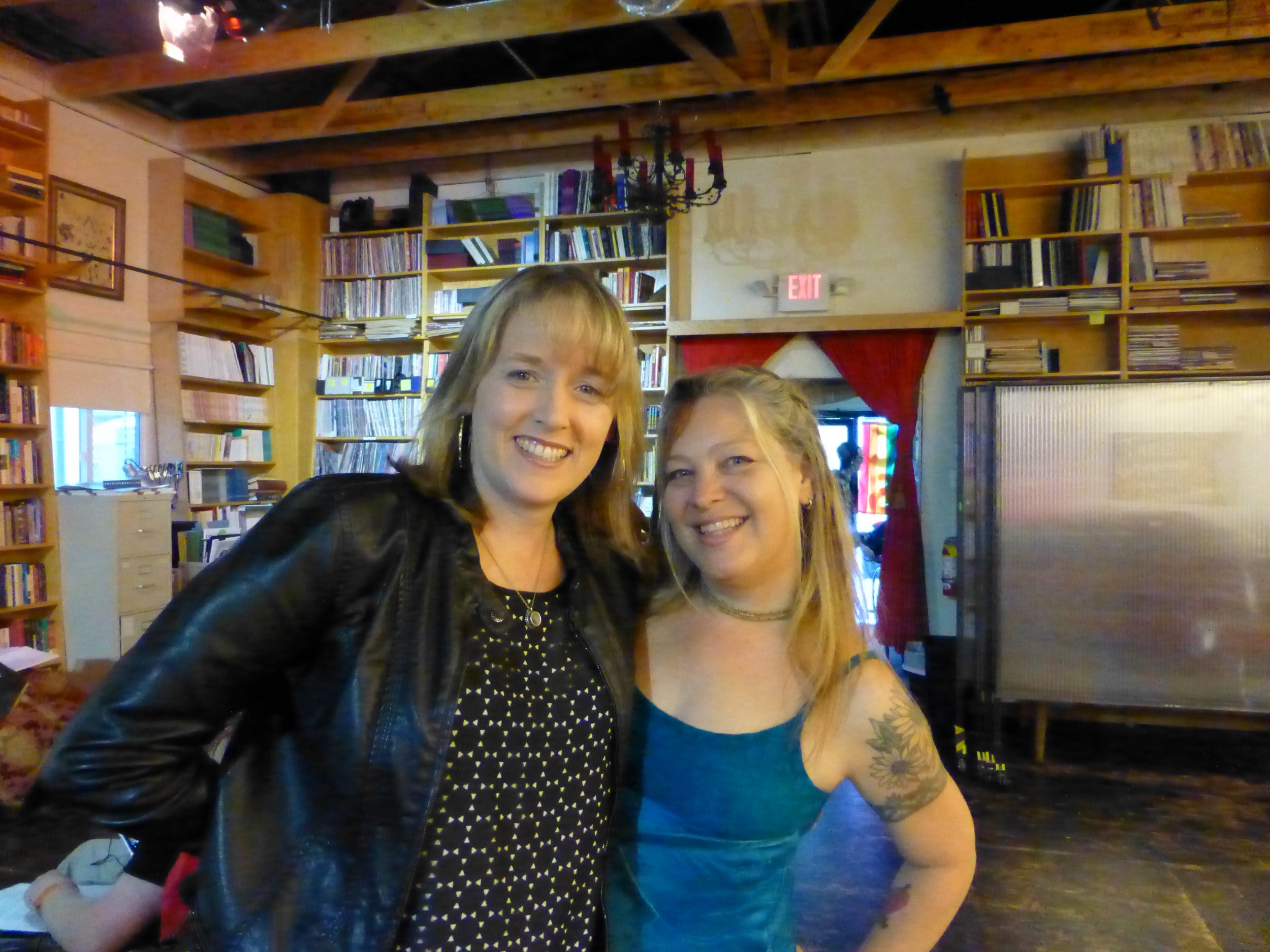How I Wrote a Memoir: Part XV
How to Write about Real People Anonymously
After my developmental editor read my essay collection, I sent him a couple extra pieces involving a Very Important Person I left out of the manuscript. I’d written the pieces for a workshop, shared them with the workshop, received feedback, and rewritten them. Then I’d set them aside, knowing if I included them in the manuscript—with the specific details I’d shared—several people would ascertain his identity, which I considered a deal-breaker.
I convinced myself I didn’t need him in the manuscript; I could write a book in which his presence in my life was nonexistent. My editor set me straight, calling him and two other Very Important Persons in the Chelsey Orbit my “triptych of superimposed happiness.” He said the absent VIP was the “logical ending.” How could I leave him out if he was one side of a triangle central to the narrative? Could I turn a two-sided triangle into a pointy hat or a pup tent instead, pretending this person doesn’t take up space in my consciousness? Leaving him out felt wrong; putting him in seemed impossible.
But my editor gave me the permission I needed in one sentence: “You can write about him completely anonymously.” I knew in that instant he had to be in the story. But how does one write about someone completely anonymously?
What I Didn’t Do
Memoirists attempt to conceal identities by changing people’s names, which I did from the outset with most of the characters in my manuscript; some writers also change job titles, hometowns, and other major defining details about people. However, I had to take this situation to the next level: I had to write intimate, honest scenes without hinting at anything that might tip off readers who know him. Aside from providing him with an apropos nickname, here’s what I didn’t do:
I didn’t reveal where any of the action between us took place. I used the obscurity of the locations to my advantage. We could be in any city, in any state, in any country, and the interactions, thoughts, and emotions would be the same. We could sit on any bench next to any body of water and still have the same conversation. We could have met in any dive bar. We could have had philosophical conversations in any speakeasy. In a two-person world, the bustling world outside doesn’t have to exist.
I didn’t talk about his children. Knowing he’s an attentive father is enough.
I didn’t write the scenes that would automatically divulge who he is—no matter how pivotal they are. If I provided an example here, that would negate what I did in the book to painstakingly keep his identity hidden.
I didn’t mention what he does for a living. While this would lend new layers to his personality, I had to skip his day-to-day involvement in the world.
I didn’t discuss his personal hobbies and activities. Like his profession, this would be a way to build character, but his unique and disparate interests, especially when lumped together, are indicative of him as a person.
Dialogue, Setting, and Metaphors
Without these elements, then, can a writer do a person and a story justice? Of course! But how? I wrote scenes and curated written and spoken exchanges carefully to convey what’s vital. Here’s what else I did in the memoir version:
Foremost, I made ample use of dialogue, both in-person and online. I saved texts, Facebook messages, and other written correspondence, which I wove into the story. How do two people sustain a long-distance connection in our modern digital era? How do texts relate to brief face-to-face contact, and how do conversations extend from one interaction to the next? How does technology play a role in a cyber-relationship based on thoughtful correspondence, what-ifs, and intense emotions? And how do monthslong stretches of silence affect the outcome?
When describing his appearance, I mentioned his “gentle, kind smile” and “bright” eyes without referring to height, hair color, eye color, etc.
I described the setting without naming it—and I explicitly connected setting to time because much of the in-person scenes occur in roughly the same space on the map. For example, the bench where we had a key conversation one year no longer existed a few years later after a major renovation when we met up there again. How did the same setting change from year to year? What does it look like, and what occurred there? There’s no need to name the exact spot.
I used metaphors to describe my feelings about him and our situation. I reconfigured the “boy meets girl” fairytale narrative to explain my motives. What does a timely, realistic “fairytale” look like, and how does it differ from the sugarcoated ones fed to us in Disney films?
I wrote scenes in which I discussed this person with other people. What are outsiders’ reactions to our connection and the circumstances surrounding it?
I wrote imaginary scenes that never happened. I envisioned an alternate universe in which they did. The reader is privy to what’s real versus what’s in my head.
Is This Chapter a Novel Instead?
At dinner recently, a close friend and I talked about some of the important events I had to leave out and how frustrating that was. She suggested I write a novel on the topic instead. Now I can’t stop thinking about it. Autofiction would be an excellent way to tell the story—and use my imagination to its fullest potential.
I never thought of myself as someone who could write fiction until I read Jenny Offill’s Dept. of Speculation. I knew I wanted to write a novel after I read that book. I started a novel in 2019 loosely based on my experiences as a high school English teacher. I worked on it for a year, completing one hundred pages of a draft. Then I realized what the story was about. I planned to start from page one again. I put it aside, and I haven’t picked it back up yet.
But now I have a cool new idea, thanks to my astute friend. I don’t know whether to be grateful or pissed she thought of it first. In the meantime, I have to figure out what to do with the memoir I already wrote: Set it aside? Cut it up on the floor and rearrange it? Write more? Keep sending it out as is? Publish more pieces of it as standalone essays?
The Problem with Memoir Endings
Before I consider scrapping a decade of my work, we have to talk about endings in the next installment. I wrote at least four or five of them. I may have to write yet another one if my circumstances change again before I hear a “yes” from the publishing powers that be—if that ever happens.
How does a writer end a memoir when life never stops unfolding until she’s no longer living?













